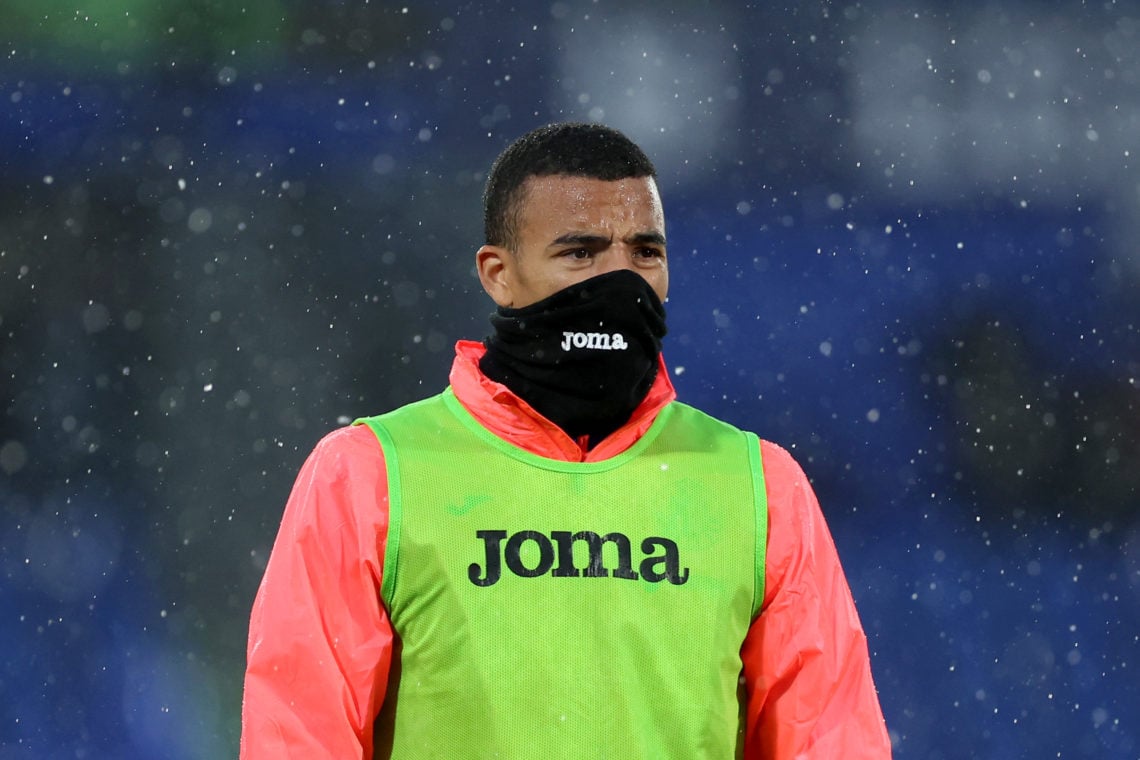Manchester United are extremely active in the transfer window and are now set to make a huge sale which will impact PSR.
Profit and Sustainability Regulations (PSR) are dominant within the financial planning of any Premier League club these days, and Manchester United are no different.
With two signings now done, chances are Ineos are requiring sales before they can move on and buy further players this summer.
Mason Greenwood therefore in a way could be the saviour, with his sale expected to be in the region of £27m at its highest amount.
This sale will be hugely beneficial in United, but it could be a real game-changer in terms of PSR this summer. Here’s how much it could actually let United spend.
- READ MORE: Manchester United confirmed signings, transfers in, out, loan exits, releases for 2024/25

How selling Mason Greenwood could allow Manchester United to spend £135m
The sale of Mason Greenwood is already one of the biggest sales in United’s history, but it’s even more impactful than it looks at face value.
This has been explained by TBR’s finance expert Adam Williams as possibly giving United the ability to spend up to £135m this summer in PSR terms.
“The way the PSR system is structured means that selling an academy graduate, especially one whose race is run at Old Trafford, is a highly profitable move.
“Typically, a player who did not come through the academy has a fee associated with them, which is amortised over the length of their contract, essentially meaning their value in the books reduces incrementally over the length of the deal.
“Any profit from player sales is then offset against the player’s book value. For example, if you sign a player on a five-year deal for £50m, their value will be £50m in year one, £40m in year two, £30m in year three and so on.
“If you sell him for £50m in year three when his book value is at £30m, you will register a £20m profit on his sale in PSR terms.
“But for academy products like Greenwood, there is no initial fee to offset against, so any sale price is ‘pure profit’.
“Also, because outgoing fees are amortised over around five years whereas sales are banked immediately, you effectively get five times as much PSR flexibility as Greenwood’s sale price in this year’s PSR calculation.
“Basically, with a £27m fee for Greenwood, this sale alone would theoretically allow United to make £135m worth of signings this summer. This calculation is based solely on the Greenwood sale and doesn’t take into account any other transfers.
“It’s not a free hit because you have to pay for any incoming signings over five years, but it is a useful short-term solution for a club who are approaching critical mass in terms of PSR.
“To give a practical example, the £52m United paid for Yoro will only deduct £10.4m from this year’s PSR calculation because the fee is amortised over five years.
“So [after Yoro] United could sign another £50m player and it would be £20.4m off their PSR calculation.
“The cash generated by the Greenwood sale was £27m, so you have another £7m to play with in this year’s PSR calculation, which would be a £35m player (£7m x 5) – hence £135m worth of transfers from the Greenwood sale.”
The £135m would be less after Yoro’s £10.4m and the £7.3m from Joshua Zirkzee’s fee (£36.5m) have been withdrawn, which leaves £117.3m from the Greenwood sale. But this isn’t all they can spend or necessarily mean that it’ll all be spent.
Mason Greenwood to Marseille is the best deal for all
It was obvious that Greenwood’s career at United was over, and his non-return to Carrington confirmed this would be the case.
Now, he’s awaiting the finalisation of his move to Marseille and he’s already in France to complete the move.
This move on paper, works for all the involved parties. For Marseille, they get a player who still has tremendous talent, while United get rid of a player who was an unusable asset.
Meanwhile, for the player himself, it’s a huge club in Ligue 1 and it’ll also allow him to play in the Champions League this coming season.
We do not doubt that Greenwood will shine for Marseille and that the 50% sell-on clause could come in very handy over the next few years.
